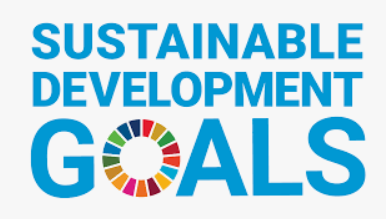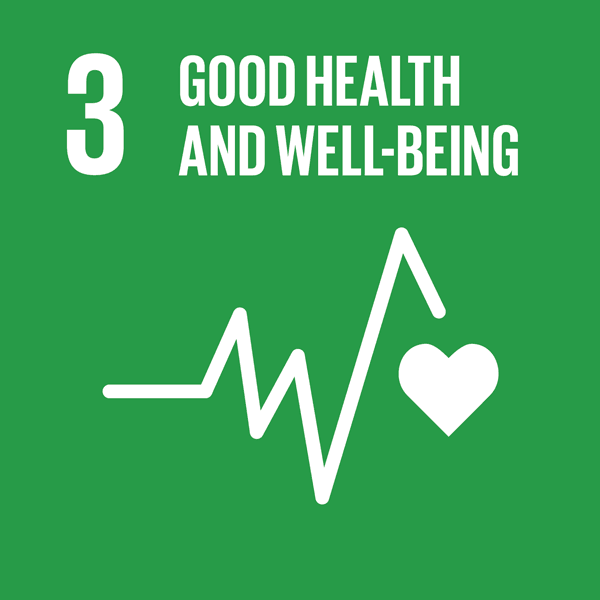About CEN
The European Committee for Standardization is one of three European Standardization Organizations (together with CENELEC and ETSI) that have been officially recognized by the European Union and by the European Free Trade Association (EFTA) as being responsible for developing and defining voluntary standards at European level.
- |


Project
| Reference | EN ISO 14644-3:2019 |
|---|---|
| Title | Cleanrooms and associated controlled environments - Part 3: Test methods (ISO 14644-3:2019, Corrected version 2020-06) |
| Work Item Number | 00243031 |
| Abstract/Scope | This document provides test methods in support of the operation for cleanrooms and clean zones to meet air cleanliness classification, other cleanliness attributes and related controlled conditions. Performance tests are specified for two types of cleanrooms and clean zones: those with unidirectional airflow and those with non-unidirectional airflow, in three possible occupancy states: as-built, at-rest and operational. The test methods, recommended test apparatus and test procedures for determining performance parameters are provided. Where the test method is affected by the type of cleanroom or clean zone, alternative procedures are suggested. For some of the tests, several different methods and apparatus are recommended to accommodate different end-use considerations. Alternative methods not included in this document can be used by agreement between customer and supplier. Alternative methods do not necessarily provide equivalent measurements. This document is not applicable to the measurement of products or of processes in cleanrooms, clean zones or separative devices. NOTE This document does not purport to address safety considerations associated with its use (for example, when using hazardous materials, operations and equipment). It is the responsibility of the user of this document to establish appropriate safety and health practices and to determine the applicability of regulatory limitations prior to use. |
| Status |
Published
|
| Reference Document |
ISO 14644-3:2019 (EQV)
|
| date of Availability (DAV) | 2019-10-16 |
| ICS | 13.040.35 - Cleanrooms and associated controlled environments |
| A-Deviation(s) | |
| Special National Condition(s) |
Legal
| Directive(s) | |
|---|---|
| Mandate(s) | |
| Citation in OJEU |
Implementation Dates
| date of Ratification (DOR) (1) | 2019-07-24 |
|---|---|
| date of Availability (DAV) (2) | 2019-10-16 |
| date of Announcement (DOA) (3) | 2020-01-31 |
| date of Publication (DOP) (4) | 2020-04-30 |
| date of Withdrawal (DOW) (5) | 2020-04-30 |
Relations
| Supersedes | EN ISO 14644-3:2005 |
|---|---|
| Superseded by | |
| Normative reference (6) | |
| Bibliographic references (7) | |
| Sales Points |

|
(1) Date of ratification (dor) date when the Technical Board notes the approval of an EN (and HD for CENELEC), from which time the standard may be said to be approved
(2) Date of availability (dav) date when the definitive text in the official language versions of an approved CEN/CENELEC publication is distributed by the Central Secretariat
(3) Date of announcement (doa) latest date by which the existence of an EN (and HD for CENELEC), a TS or a CWA has to be announced at national level
(4) Date of publication (dop) latest date by which an EN has to be implemented at national level by publication of an identical national standard or by endorsement
(5) Date of withdrawal (dow) latest date by which national standards conflicting with an EN (and HD for CENELEC) have to be withdrawn
(6) This list of normative references is purely indicative. The only official list of normative reference is the list of the published standard.
In the case of undated standard, a link to the last dated version is provided.
In the case of series, a link to each standard identified in the series is provided.
We also invite you to check (via the website) whether corrigenda and/or amendments shall be read in conjunction with the main standard.
(7) This list of bibliographic references, which is provided for homegrown standards only, is purely indicative and was retrieved automatically using available XML files. It is limited to publications that have been published in the XML format. For standards that are not homegrown, the corresponding international standard should be consulted.


